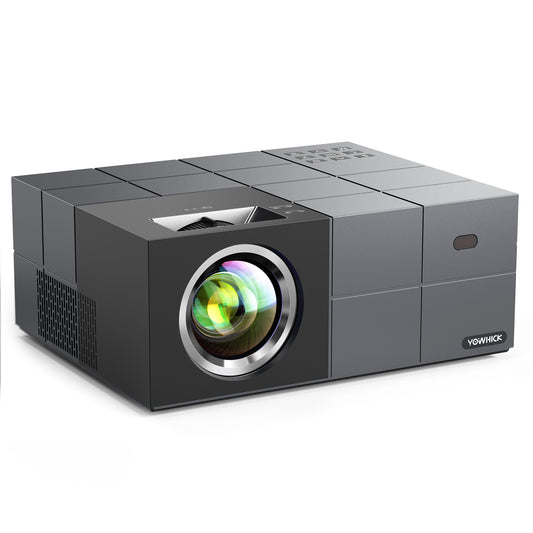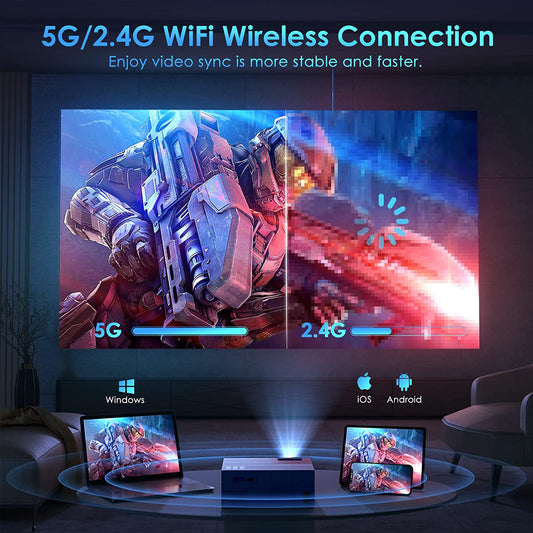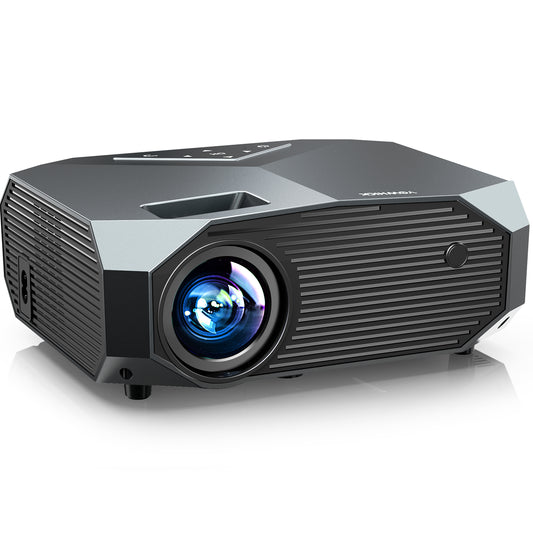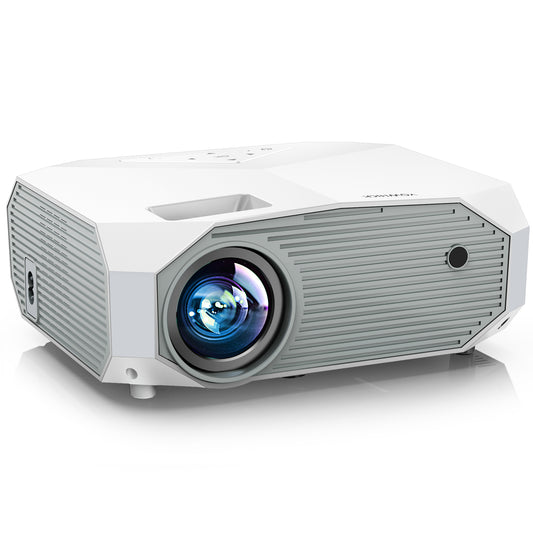Outdoor projectors are growing in popularity, and it's not hard to see why. An outdoor projector lets you enjoy your favorite movies, TV shows, and sporting events under the stars, in your backyard, or at your campsite. However, one of the most important considerations when choosing an outdoor projector is the brightness level, measured in lux. This article explains what lux is, why it matters, and how to choose the brightness of an outdoor projector that suits your needs.
What is Lux?
Lux is a unit of measurement for illuminance, which is the amount of light that hits a surface. Specifically, it measures the amount of light hitting a surface per unit area. One lux equals one lumen per square meter (lm/m2). A lumen is a unit of measurement for the total amount of visible light emitted by a light source.
Simply put, lux indicates the brightness of light falling on a particular area. It's important to note that lux is not the same as lumen. Lumen measures the total amount of light emitted by a light source, and lux measures the amount of light that actually reaches the surface.
Why Lux Matters for Outdoor Projectors?
Outdoor projector brightness is measured in lumens, but lux is also an important consideration. This is because the lux level determines how the image looks. Outdoor environments usually have more ambient light than indoor environments, so a higher lux level is required to make the projected image visible.
If the lux level is too low, the projected image will be washed out and difficult to see. On the other hand, if the lux level is too high, the image will be overexposed and detail will be lost.
What is the lux of an outdoor projector?
The required lux level for an outdoor projector depends on several factors such as ambient light level, screen size and distance between projector and screen.
ambient light level
Ambient light level is the amount of light present in the outdoor environment where the projector is used. This depends on the time of day, weather conditions, and the proximity of light sources such as street lights or nearby buildings.
To determine the required lux level for an outdoor projector, you should consider the ambient light level during the day when the projector will be used. When using the projector during the day or in a bright area, it requires a higher lux level than when using it in the dark or at night.
Screen size
Screen size also plays an important role in determining the required lux level for an outdoor projector. The larger the screen, the more light is required to display the image. Small screens such as portable projector screens may only need a few hundred lux. However, larger screens such as 120 inch screens may require thousands of lux.
Distance between projector and screen
The distance between the projector and screen also affects the required lux level. The farther the projector is from the screen, the more light it needs to display the image. If the projector is close to the screen, it doesn't need as much light to display the image.

Choosing the right outdoor projector brightness?
Now that you understand the factors that affect the required lux level for your outdoor projector, how do you choose the right brightness level for your needs?
The first step is to determine the screen size and distance between the projector and screen. This will give you an overview of the lux level you need. For example, a 100-inch screen at a distance of 15 feet may require a brightness level of approximately 2,500 to 3,000 lux.
Next, consider the ambient light level of the outdoor environment where the projector will be used. If the projector is being used in daylight or bright areas, it will require a higher brightness level than if it is being used in dark areas or at night. Generally, a brightness level of at least 2,000 lux for daytime use and 1,000 lux for nighttime use is required.
It's also important to consider the type of content you're projecting. If you plan to watch movies or sporting events, you will need a higher brightness level than using the projector for presentations and slideshows.
When choosing an outdoor projector, look for one with high lumen output and a high contrast ratio. A higher lumen output means a brighter projector, and a higher contrast ratio means images have more depth and detail.
Another important consideration is the type of screen you use. High-gain screens help increase the brightness of the projected image, but can also reduce the viewing angle. Lower gain screens offer wider viewing angles, but may require higher brightness levels to display the image.

Conclusion
Choosing the right brightness level for an outdoor projector can be a difficult but important consideration to ensure a clear and visible image. The required lux level depends on several factors, including ambient light level, screen size, and distance between projector and screen.
When choosing an outdoor projector, look for one with high lumen output and contrast ratio, and consider the type of screen you'll be using. With the right mix of brightness, contrast and screen technology, you can enjoy a cinematic experience under the stars in your backyard or on your next camping trip.









